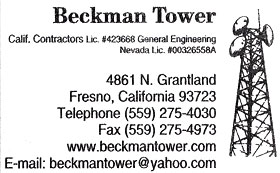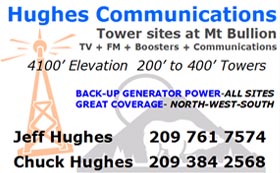EB Docket No. 04-296:
PUBLIC SAFETY AND HOMELAND SECURITY BUREAU REMINDS EMERGENCY ALERT SYSTEM PARTICIPANTS THAT THEY MUST BE ABLE TO RECEIVE AND PROCESS COMMON ALERTING PROTOCOL-FORMATTED EAS ALERTS BY JUNE 30, 2012
“Make sure your gear works and you’re monitoring the right station,” said Greg Cooke FCC associate chief of the Policy Division of the Public Safety & Homeland Security Bureau, during an EAS webinar last Wednesday.In addition to audio and video, CAP messages may include text and photos. CAP-formatted alerts sent through IPAWS can be distributed over the Web, radio and TV, cellphones and over NOAA Weather Radio. FEMA suggests an Internet connection with a speed of 1Mbps that allows for reception/transmission of an alert that is 1MB in size. FEMA anticipates each station would see an average of 1MB in EAS message data per day.
On or before June 30, stations must have deployed equipment capable of handling CAP-formatted EAS alerts.
The Federal Communication Commission’s (Commission) Public Safety and Homeland Security Bureau reminds Emergency Alert System (EAS) Participants that “[o]n or before June 30, 2012, EAS Participants must have deployed operational equipment that is capable”[1] of receiving and processing Common Alerting Protocol (CAP)-formatted EAS alerts in a manner consistent with the Commission’s EAS rules[2] as amended by the Fifth Report and Order in the above-referenced docket. [3] This means any necessary equipment must be installed and operational by that date. For further information regarding this requirement, please contact Tom Beers, Chief, Policy Division, Public Safety and Homeland Security Bureau, (202) 418-0952; or Gregory Cooke, Associate Chief, Policy Division, Public Safety and Homeland Security Bureau, (202) 418-2351.


